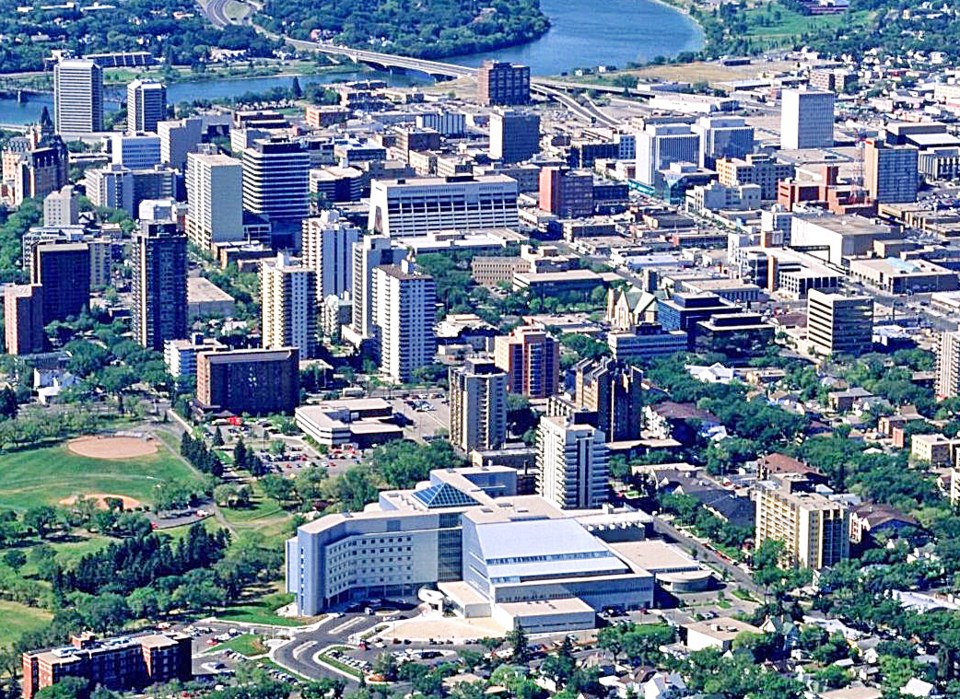High office vacancies on the Prairies seem set to continue as sharp increases in construction costs stall efforts to repurpose obsolete space.
A spate of mid-year office reports has flagged the impact steep rises in construction costs since 2019 has had on tenant behaviour.
“Elevated construction costs continue to have a restricting influence on the office market,” Colliers stated in its mid-year report regarding Saskatoon. “Tenants citywide are showing preferences for either renewing their current leases or moving into built-out spaces, due to escalation of costs and delays in construction.”
Non-residential construction costs have increased 15.8 per cent in Saskatoon since the first quarter of 2019. While this is the smallest increase of the 11 major markets across Canada tracked by Statistics Canada, ongoing interest rate hikes have added to landlord reticence to undertake upgrades.
“We’ve just had another 25-basis point increase in interest rates that will make it exponentially harder,” said Richard Jankowski, managing director with Colliers in Saskatchewan, last month.
This means Saskatoon will continue to struggle with double-digit vacancies, which rose to 12.9 per cent in the second quarter driven by downtown office space.
Regina also faces double-digit vacancies at 16.3 per cent, with relatively even distribution across downtown and suburban locations. Commitments by some established tenants resulted in a temporary improvement in downtown vacancies during the second quarter, but Colliers expects this to reverse in the second half of the year.
While newer space – and redevelopment opportunities – exist, high construction costs have held back tenants.
“An emerging trend is seeing landlords making great effort to encourage relocation for their tenants,” Colliers reported. “However, high costs are keeping tenants put in their existing sites, unless there is a major reason for a move.”
The situation in Saskatchewan stands in contrast to other markets, notably Lethbridge, where Avison Young reported an ongoing decline in vacancies. Lethbridge is now reporting a vacancy rate of 11 per cent, driven largely by B and C-class office space.
“These aged spaces may have to consider future redevelopment to attract and retain modern users,” the brokerage says.
But construction costs are less favourable in the southern Alberta city, having double over the past four years. Professional and similar offices dominate the stock, and the cost to build out medical offices from shell have increased from more than $100 a square foot in the first quarter of 2019 to approximately $200 a square foot today.
“This presents a challenge for investors taking on new development projects, and for owner-users and tenants building out their office space,” Avison Young notes.
This hasn’t stopped tenants from embracing new, high-quality of space, however. Given the options on the table, and the need for environments that are both functional for workers and attractive to clients, many companies are willing to embrace the higher development costs.
“Office users are prioritizing flexible, functional spaces that support their corporate culture and help retain staff, over the per-square-foot cost of the space,” said Ashley Soames, a senior associate in Avison Young’s Lethbridge office. “Successful landlords are taking this shift in mentality into account and are actively investing in their spaces.”
Speculation stifled
Upgrades have also been a point of interest in Winnipeg, where lobby improvements and the addition of onsite amenities have sought to make properties more appealing to tenants. But with vacancies continuing to rise, topping 14 per cent in the second quarter, many landlords are also offering generous improvement allowances to coax tenants into – and upgrade – older space.
Class C space currently averages about $20 a square foot, and with sky-high construction costs, many landlords are unwilling to undertake upgrades on spec because tenants always have a cheaper option.
“When new construction justifies $35 plus, you can see why there’s such a gap on even trying to refurbish some of these buildings,” says Sean Kliewer, senior vice-president with Colliers in Winnipeg. “When you have supply as an issue already, it makes it challenging. Why would a tenant do that? If they could pay $20 a square foot, why would they pay $35?”
Colliers believes the city needs a conversion and demolition incentive program similar to Calgary’s, supporting the removal of office buildings unsuitable for conversion, while supporting the development of space for alternative uses, including schools, hotels and housing.
Kliewer says construction costs will be key to addressing the issue of older space in the city, which some say could drag on vacancies for up to a decade.
“The construction is going to be key to how this resolves itself, because I know some developers and other people are just sitting on the sidelines until Contractor A, B, and C get a little bit more reasonable,” Kliewer said. “The numbers just don’t make sense, so there’s going to be a pause.”



